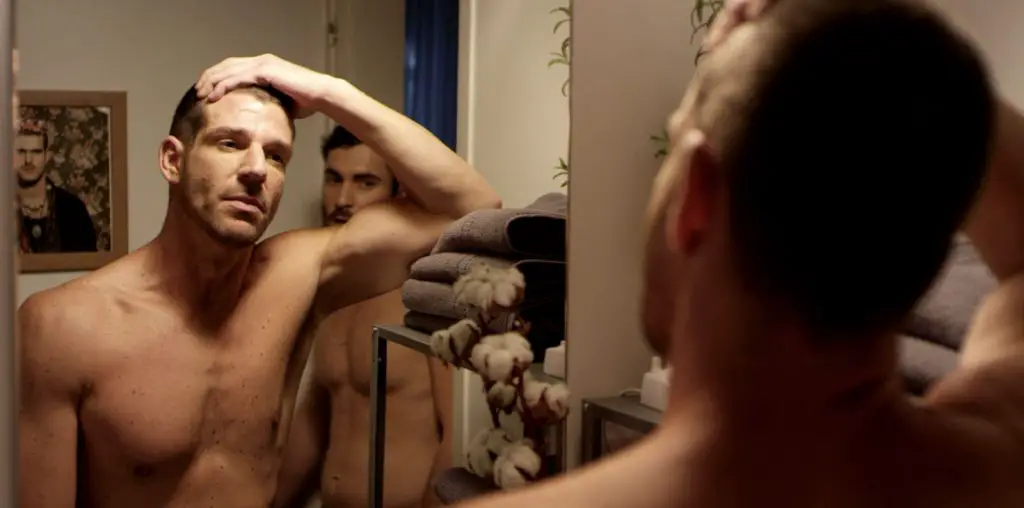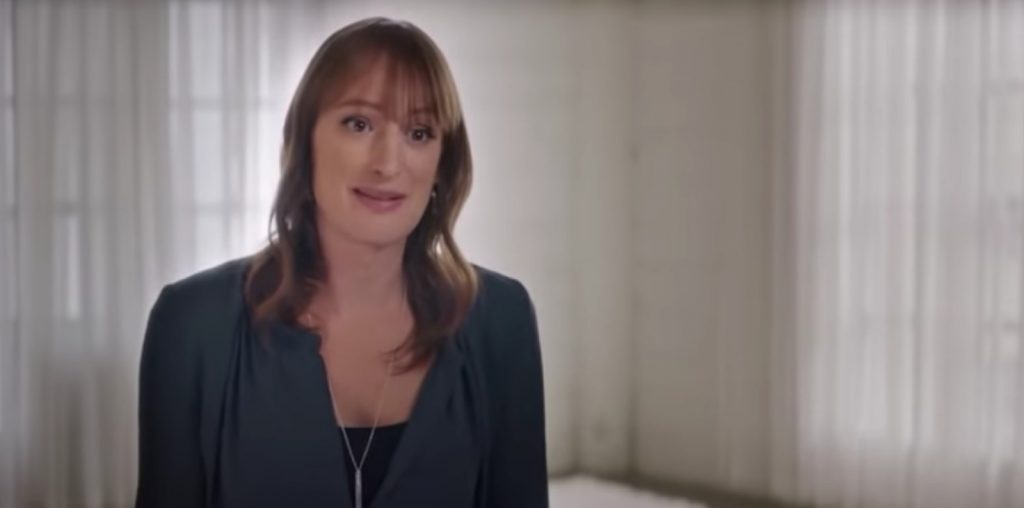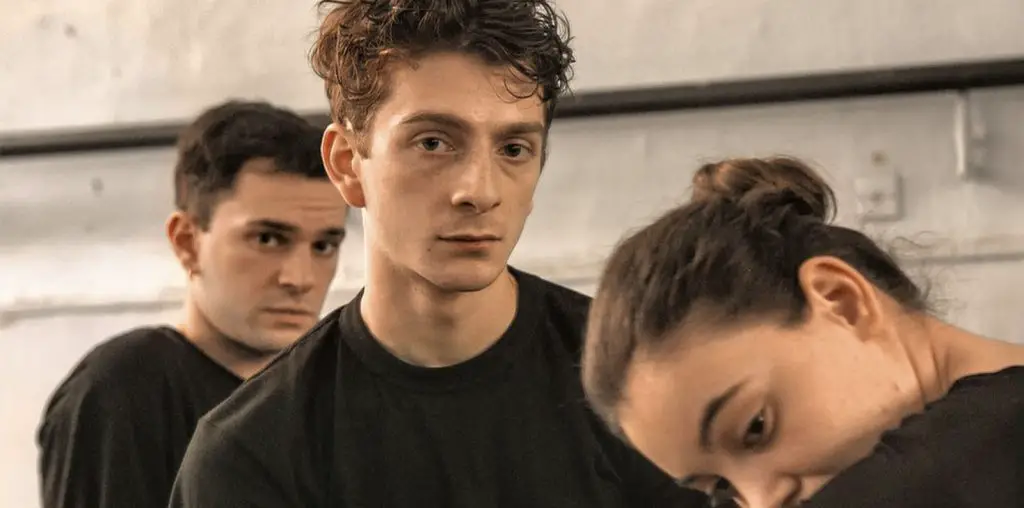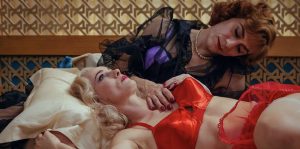
Fairytale’s pronouns are fuzzy throughout, even in the finale. The whirling, crashing chaos of her surreal world coalesces eventually into the revelation of an upsetting reality more bizarre than anything she’d imagined in her house.
People come and go in her house, but her anchor point to her reality is her poodle, Lady. Despite being a stuffed animal, Lady has more agency than anyone in the story. She often disappears and later is found to have taken actions Mrs. Fairytale is too timid to do for herself. At one point, Lady is seen with a literal and figurative smoking gun in a scene.
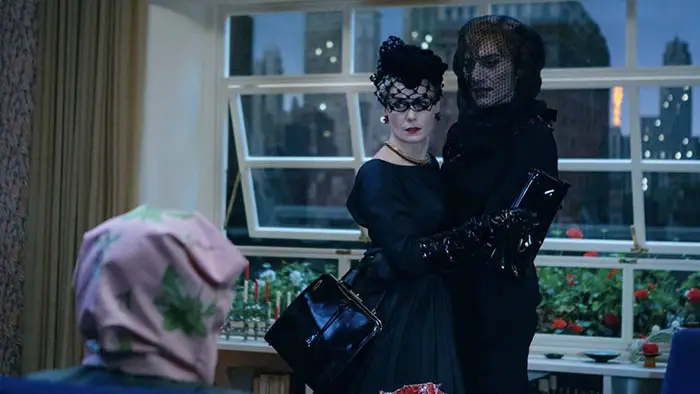
“…garish colors and styles in the sets and costumes are a large part of the experience.”
Timi plays Mrs. Fairytale in drag unselfconsciously, to perfection. The character would be awkward in another’s hands. Mascino, as Mrs. Emerald is an ideal companion for Fairytale, both before they become romantically involved, and after Fairytale discovers her maleness.
The garish colors and styles in the sets and costumes are a large part of the experience. Sebastiano discusses his production design in a director’s statement, “Fairytale’s style harkens back to the 1950s chromatic tradition of Douglas Sirk. Colors are used to describe our character’s world, but also to embrace their states of mind. It is an imaginary world, reconstructed in Hollywood Golden Age style.”
Settling into Fairytale takes some time and trust that the filmmakers have a cogent idea they are aiming for. A viewer may be slow to embrace the distorted world Sebastiano creates, but if you give over to the film, you will be delighted. It is 90 minutes in a space where anyone with enough courage can become who they are meant to be. The experience is a rare gem where too much is just enough, created by steady hands with vision and skill.
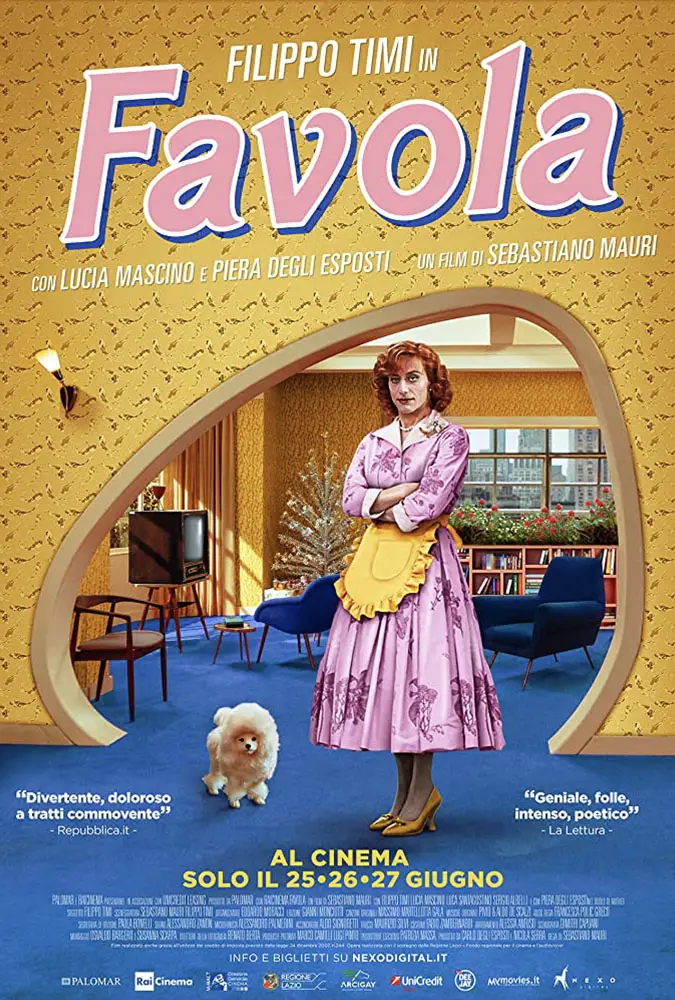
"…if Pee-wee Herman and David Lynch dropped acid together, their shared vision might just be like Sabastiano Mauri’s Fairytale"
